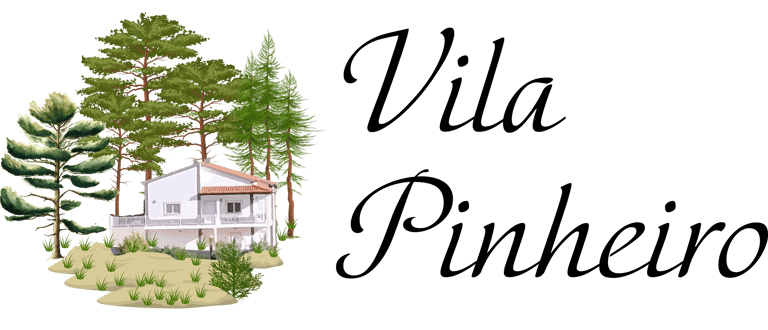

Design 05: Vila Pinheiro – Water Self-Sufficiency Design
This design maps a comprehensive strategy to achieve water self-sufficiency at Vila Pinheiro, a permaculture homestead in Central Portugal. Through the integration of rainwater harvesting, swales, and a seasonal pond, it lays the foundation for a regenerative water system capable of meeting the site’s needs independently of external supply. The design is grounded in the PERMA-SADIMET framework, a permaculture-informed evolution of the SADIMET model, which combines practical planning with ecological ethics to ensure long-term viability.
The document begins by identifying the seasonal challenges of the site: heavy winter rainfall and hot, dry summers. With daily water demand peaking at over 26,000 litres during the summer, the design aims to capture and store sufficient water during wetter months to meet this high demand. The strategy is built on a layered system that includes roof-based rainwater harvesting, gravity-fed IBC tanks, swales on contour to recharge groundwater, and a natural pond that serves as both buffer and irrigation reservoir.
To analyse and structure these components, the design applies Functional, Structural, and Elemental (FSE) Analysis alongside sector analysis, zoning, and water budgeting. Each element—pond, swales, irrigation lines, storm drains, and a reactivated well—is carefully positioned to maximise passive water movement and storage, reduce erosion, and support plant, animal, and human life on site.
The document further outlines a step-by-step implementation plan, starting with small and slow solutions, such as basic IBC tank systems and swales, and expanding over time to include integrated aquaculture and more extensive earthworks. Maintenance schedules and community education are included to ensure that the systems are not only built but also sustainably managed.
What sets this design apart is its regenerative ambition: it is not merely about saving water but about transforming water use from scarcity to abundance. It reflects a mindset shift—where water is seen as a dynamic, replenishable partner in the ecosystem, and every drop is respected, stored, and cycled with intention.
By embedding water self-sufficiency, rainwater harvesting, and natural pond systems into the broader landscape and lifestyle at Vila Pinheiro, this design offers a replicable model for other small-scale sites facing similar climatic pressures. It demonstrates how permaculture design can transcend mere survival and evolve toward regeneration, resilience, and genuine autonomy.
Framework/s: PERMA-SADIMET Framework
Focus: Water Self-Sufficiency and Regenerative Water Design
Tools: FSE Analysis, Water Budgeting, Sector Analysis, SWOC, Drip Irrigation Planning, Catchment Calculations
Document Format: PDF
Total Length: 46 pages
Estimated Read Time: 35–40 minutes
File Size: 8.37 MB
